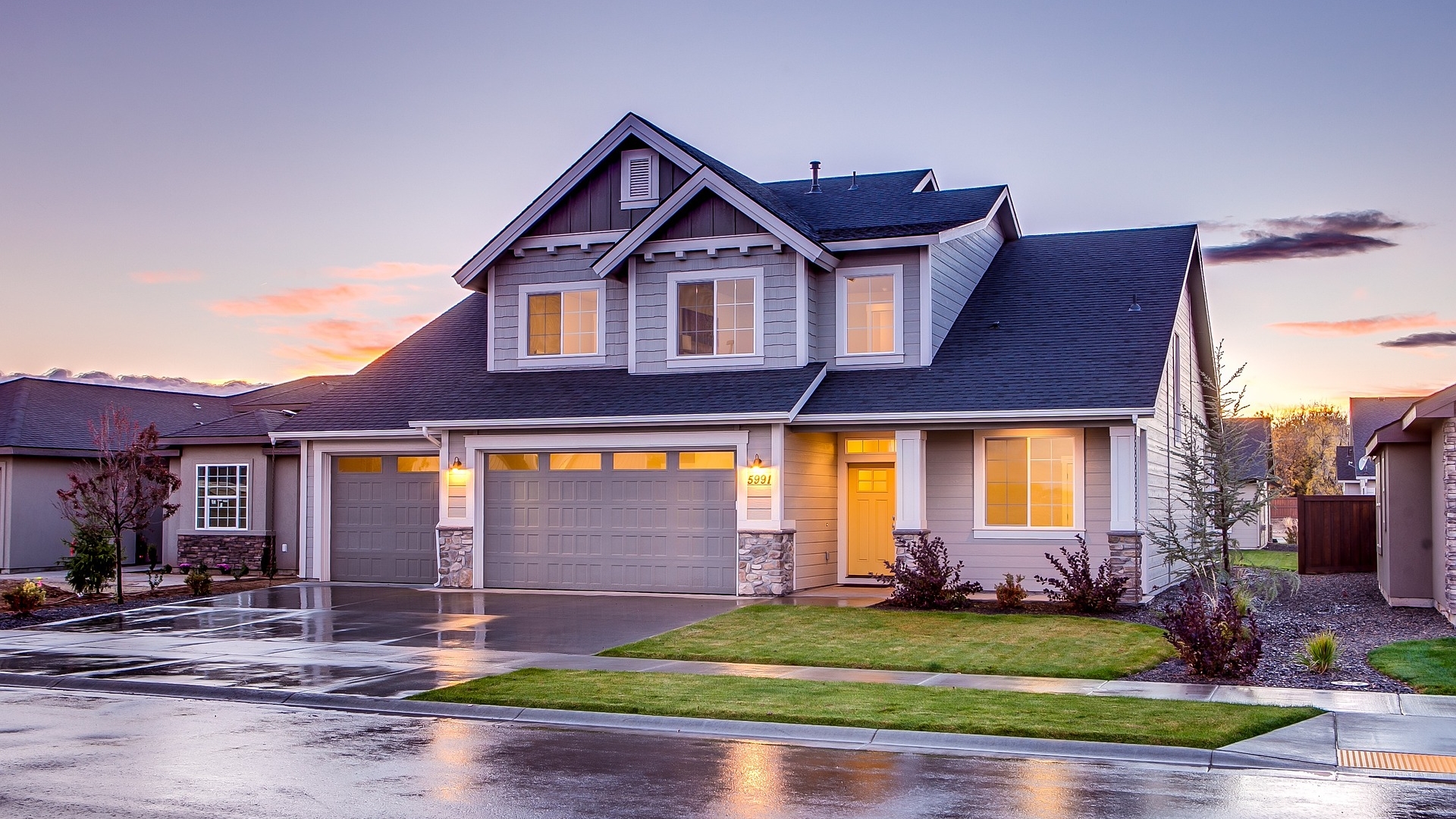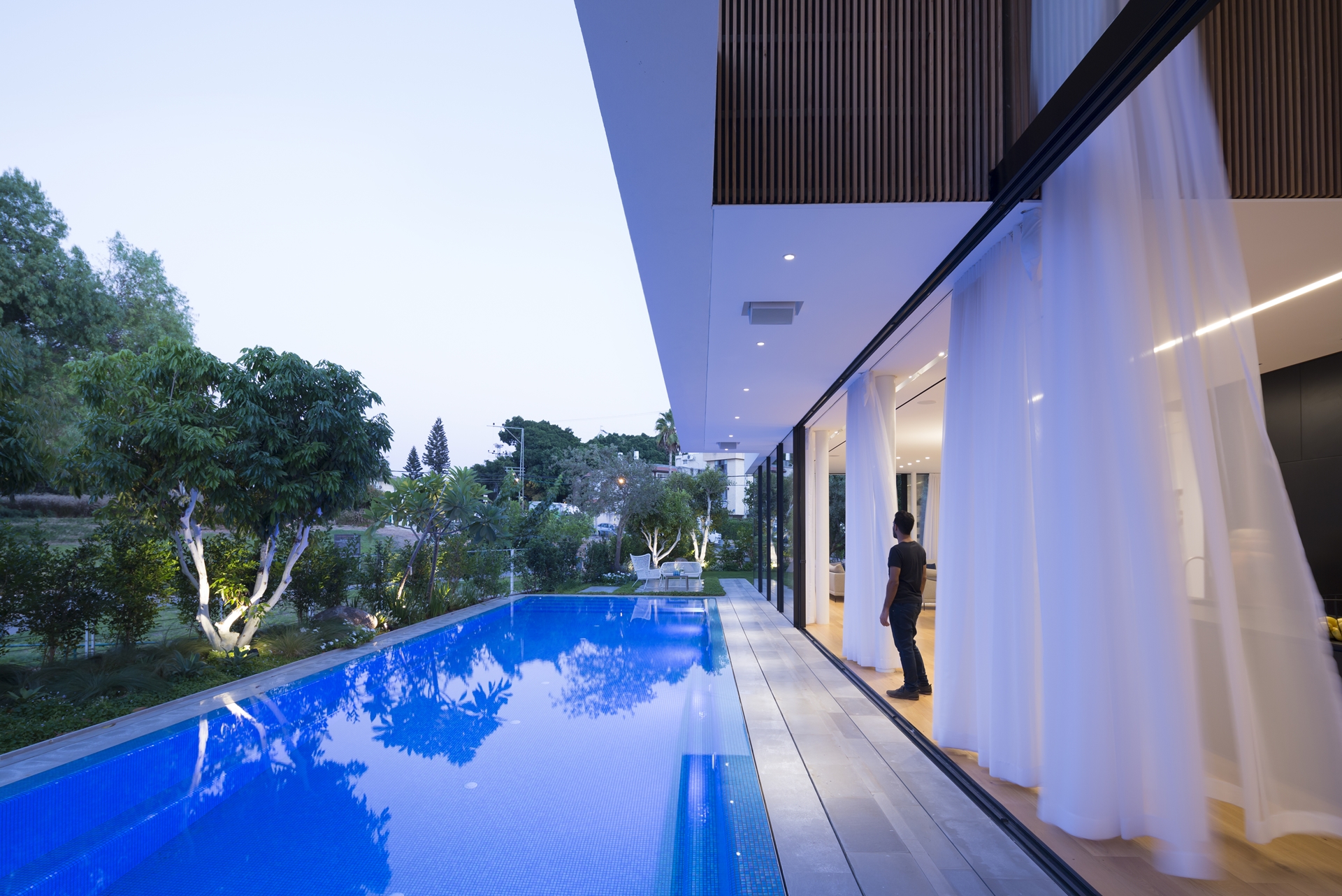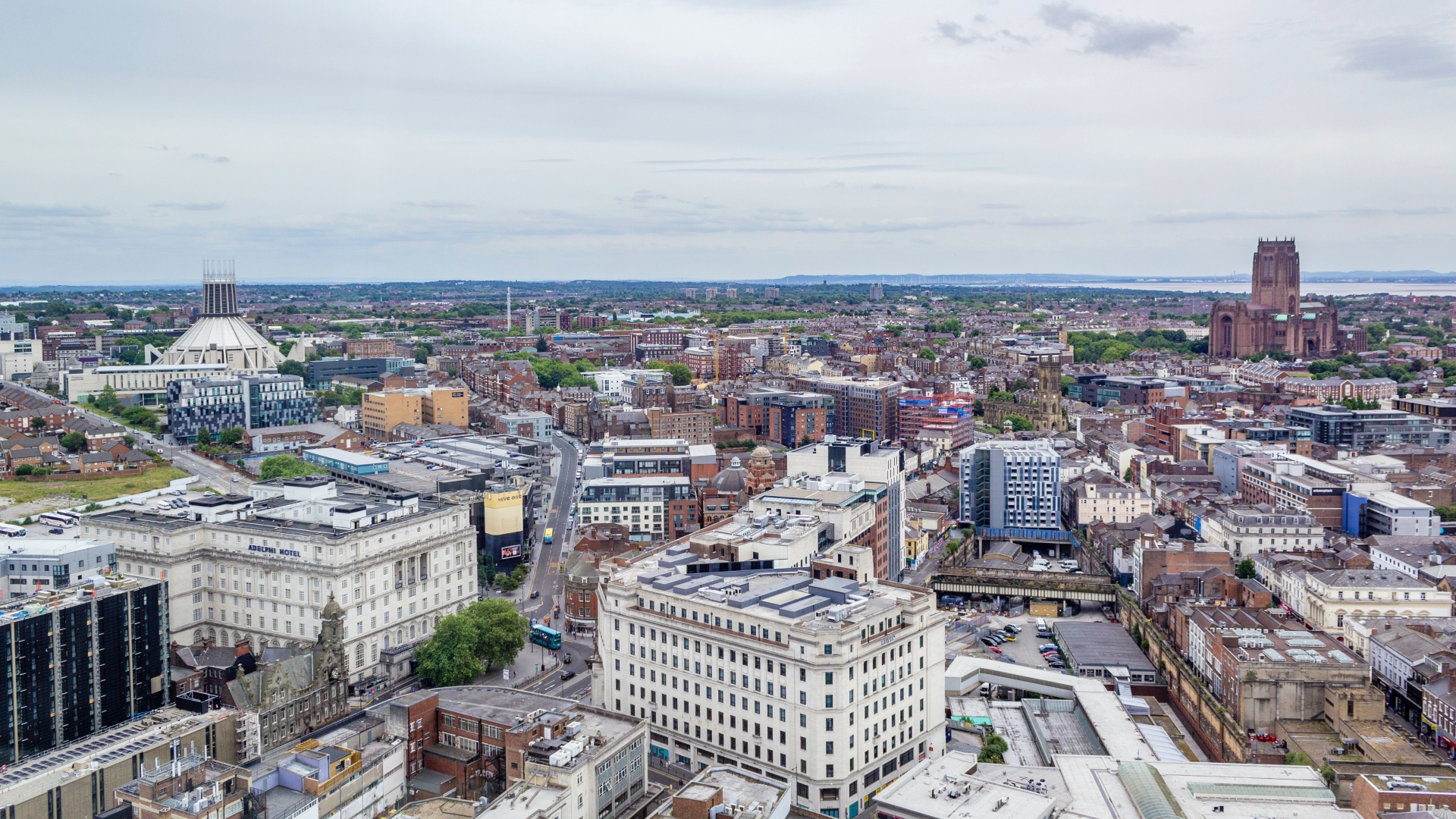When it comes to safeguarding the exterior of your home, there are numerous siding options to consider. But what is fiber cement siding? Fiber cement siding is a material that has become increasingly popular in recent years. Fiber cement siding is a long-lasting, low-maintenance option for giving your home a stunning appearance.
Now, if you’re building a new home or remodeling an existing one, a siding contractor can help you decide whether fiber cement siding is the best option for you now whether you live in Columbus or anywhere in Ohio.
Fiber cement siding is created by mixing cement, sand, and wood fibers. This unusual combination produces a strong, weather-resistant material that can be formed into siding boards or panels. Fiber cement siding is widely used to cover the exteriors of both residential and commercial structures, giving an appealing and long-lasting solution.
Today, we will look at the advantages and disadvantages of fiber cement siding, and how to install and maintain it. By the time we are done, you’ll understand why fiber cement siding is a good choice for your home.
The Benefits of Fiber Cement Siding
Fiber cement siding offers a range of advantages that make it a popular choice for homeowners. Let’s take a closer look at some of the key benefits:
Durability and Low Maintenance
One of the biggest selling points of fiber cement siding is its incredible durability and low maintenance requirements. Fiber cement siding is resistant to rot, insects, fire, and a wide range of weather conditions. Many manufacturers offer warranties of 50 years or more, attesting to the long-lasting nature of this material.
In terms of maintenance, fiber cement siding is a breeze. It typically only needs to be washed with a mild soap and water every 6 to 12 months to keep it looking its best. Unlike wood siding, fiber cement doesn’t require regular painting or staining. The factory-applied finish can last for 15 years or more before needing to be refreshed.
Resistance to Rot, Insects, and Fire
The cement and wood fiber composition of fiber cement siding makes it highly resistant to rot and insect damage. Unlike wood, which can attract termites, carpenter ants, and other pests, fiber cement is completely inedible to insects. It also won’t rot or deteriorate over time, even in damp or humid conditions.
Fiber cement siding is also fire-resistant, making it a great choice in areas prone to wildfires. The non-flammable nature of the material means it won’t fuel the spread of flames, providing an extra layer of protection for your home.
Fade-Resistant Finish
Another key benefit of fiber cement siding is its fade-resistant finish. The factory-applied paint or stain on fiber cement siding is designed to last for many years without significant fading or discoloration. This means your home’s exterior will retain its fresh, vibrant look for far longer than with other siding materials.
If you do decide to repaint the fiber cement siding, you typically only need to do so every 5-10 years, rather than the more frequent repainting required for wood or vinyl siding.
Insulating Properties
In addition to its impressive durability, fiber cement siding also provides some degree of insulation for your home. The dense, solid construction of fiber cement helps to improve the thermal efficiency of your home’s exterior, which can lead to lower heating and cooling costs.
While fiber cement siding isn’t as highly insulating as some specialized insulation products, its ability to contribute to your home’s overall energy efficiency is a valuable benefit.
Drawbacks of Fiber Cement Siding
While fiber cement siding has many advantages, there are a few potential drawbacks to consider as well:
Higher Upfront Cost
One of the main downsides of fiber cement siding is its higher upfront cost compared to some other siding options, such as vinyl. The materials and installation labor for fiber cement siding tend to be more expensive than more budget-friendly choices.
However, it’s important to consider the long-term value that fiber cement siding provides. Its durability and low maintenance requirements mean it can be a worthwhile investment that pays off over time, even if the initial cost is higher.
Heavy and Brittle
Fiber cement siding is a very dense and heavy material, weighing around 300 pounds per 100 square feet. This added weight can be a consideration for the structural integrity of your home. During installation, the heavy nature of the material also makes it more challenging to work with compared to lighter siding types.
In addition, fiber cement siding can be prone to cracking or breaking if mishandled during installation. This brittleness requires extra care and specialized tools to cut and install properly.
Installing and Maintaining Fiber Cement Siding
Proper installation and ongoing maintenance are key to getting the most out of your fiber cement siding investment. Let’s take a closer look at what’s involved:
Installation
Fiber cement siding is not a DIY-friendly material. The dense, heavy nature of the boards and the specialized tools required make professional installation highly recommended. A skilled siding contractor will ensure the siding is properly secured, sealed, and integrated with the home’s other components, such as trim and windows.
During installation, it’s important to follow the manufacturer’s guidelines closely. This includes maintaining the appropriate spacing and overlap between boards, using the correct fasteners, and sealing all joints and edges to prevent moisture intrusion.
Maintenance
One of the major benefits of fiber cement siding is its low maintenance requirements. However, there are still a few tasks homeowners should perform regularly:
- Washing the Exterior: Use a mild soap and water solution to wash the siding every 6-12 months, using a soft brush or cloth. This helps remove dirt, mildew, and other buildup.
- Inspecting Caulk and Sealants: Check the caulk and sealants around windows, trim, and joints every few years, and reapply as needed to maintain a tight seal.
- Pruning Vegetation: Keep any shrubs, trees, or other vegetation trimmed back from the siding to allow for proper airflow and drying.
With proper installation and regular maintenance, fiber cement siding can provide decades of reliable, low-hassle performance for your home.
Conclusion
Fiber cement siding is a versatile and durable solution with numerous advantages for homeowners. Its durability to rot, insects, fire, and weather makes it an excellent long-term investment. Fiber cement siding can also mimic the outlook of wood, stone, or stucco, increasing the curb appeal of your home.
While the initial cost may be more than for other siding materials, fiber cement siding’s long-term value and low maintenance requirements make it a worthwhile consideration. If you’re searching for a siding choice that combines great appearance, high performance, and little maintenance, fiber cement is well worth considering.











